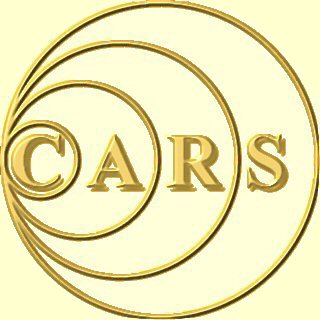 |
G0MWT, GX0MWT & GB100MWT
1960s Field Days |
 |
G0MWT, GX0MWT & GB100MWT
1960s Field Days |
The Chelmsford and Danbury NFD groups continued into the 1960s, although the separate Danbury team stopped after 1961. A summary of the 1960s results are below:


Danbury Group NFD results
1960: In 1960 Chelmsford group entered the single station section, using G6ZC/P, operated by Harry Lowe G2HPF and Dick May G3KTF, won the Bristol Trophy as leading single station. Operating on 160, 80 and 40m they finished in 49th place overall. The Bulletin lists the equipment used on 80m as VFO, wideband multiplier and 807 PA transmitter, and a Marconi Atlanta receiver. The aerial was 270 feet long for all three LF bands. The power supply was a 500W petrol electric generator set.
The Danbury group entered the two station section and G3IIS/P (A station) and G3VI/P (B station) and finished 34th overall.
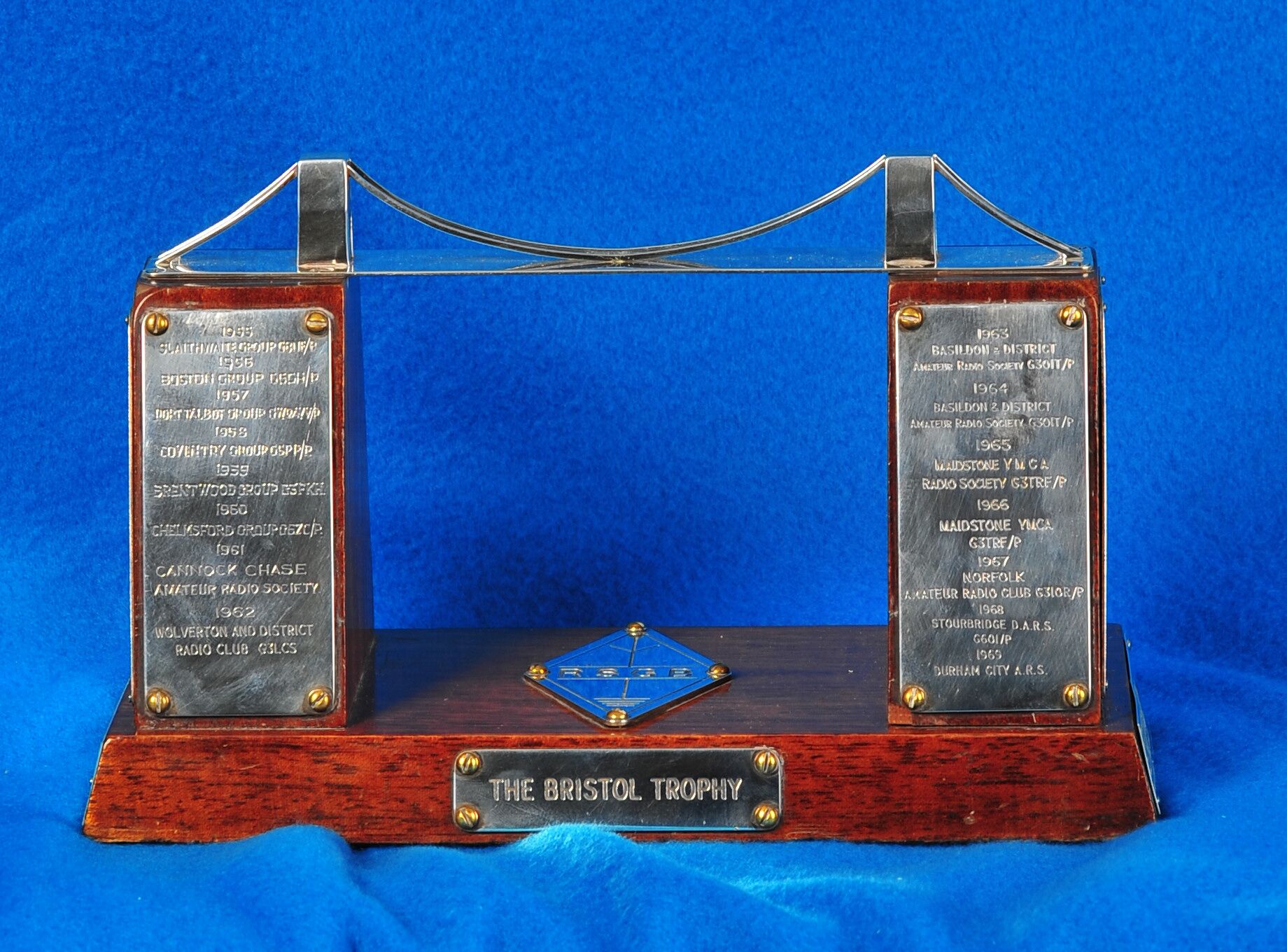
1961: Chelmsford entered the two station section again, operating as G4VF/P and G6ZC/P, the callsigns of Ron Ferguson and Jimmy Watt respectively, and scored 906 points, and finished in 45th position.
1961 was the last year that the Danbury group entered, using callsign G3VI/P from Little Watham on 160/80/40m scoring 689 points and finishing 70th. From photographs the team comprised Fred Turner G3VI, Eddie Cole G3IIS, Ralph Polley G3NAA, Paul Ives G3NIW, Eric Edwards G3NAB, Bob Wellbeloved G3LMH and SWL Will Mosley.
In order to get the antenna attached to the highest tree branches a catapult was used to shoot a heavy lead weight with attached line over the branch. A three person firing team was used, one to pull the catapult, one to hold the catapult and one to provide support. Note the protective head-gear.
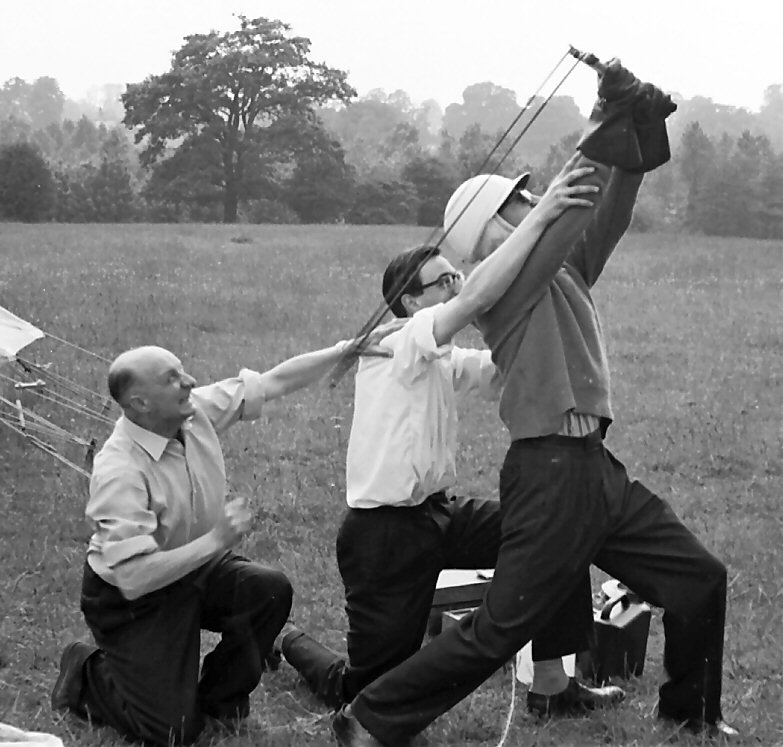 Left to Right: Eric Edwards G3NAB pulling the catapult; Paul Ives G3NIW supporting; Ralph Polley G3NAA holding |
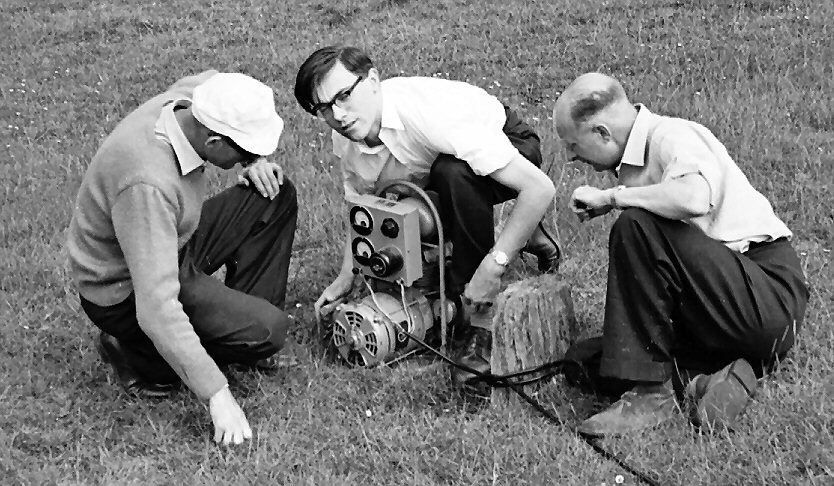 1961 NFD Generator - Ralph G3NAA, Paul G3NIW, Eric G3NAB |
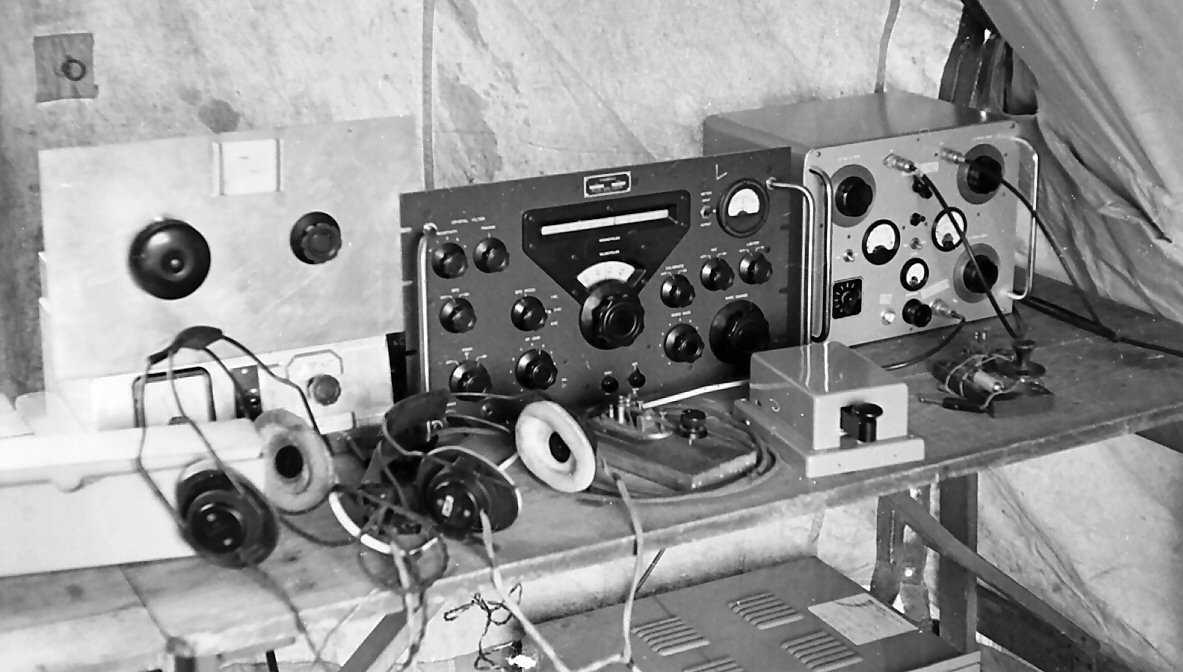
1962-1968: The Chelmsford group entered the two station section, operating as G4VF/P and G6ZC/P, except in 1962 when G4VF/P and G5IX/P were used. Presumably the team was bolstered by former members of the Danbury group. Their scores increased steadily until 1965 when they scored 1440 points and finished 16th overall. In 1965 they were leading station on 3.5 Mc/s and the write up in the RSGB Bulletin states: “Chelmsford Group B station (G4VF) had a very clear lead … Chelmsford seem to have spent very little time on their other bands (14 and 21 Mc/s) making a real and successful effort on this band”.
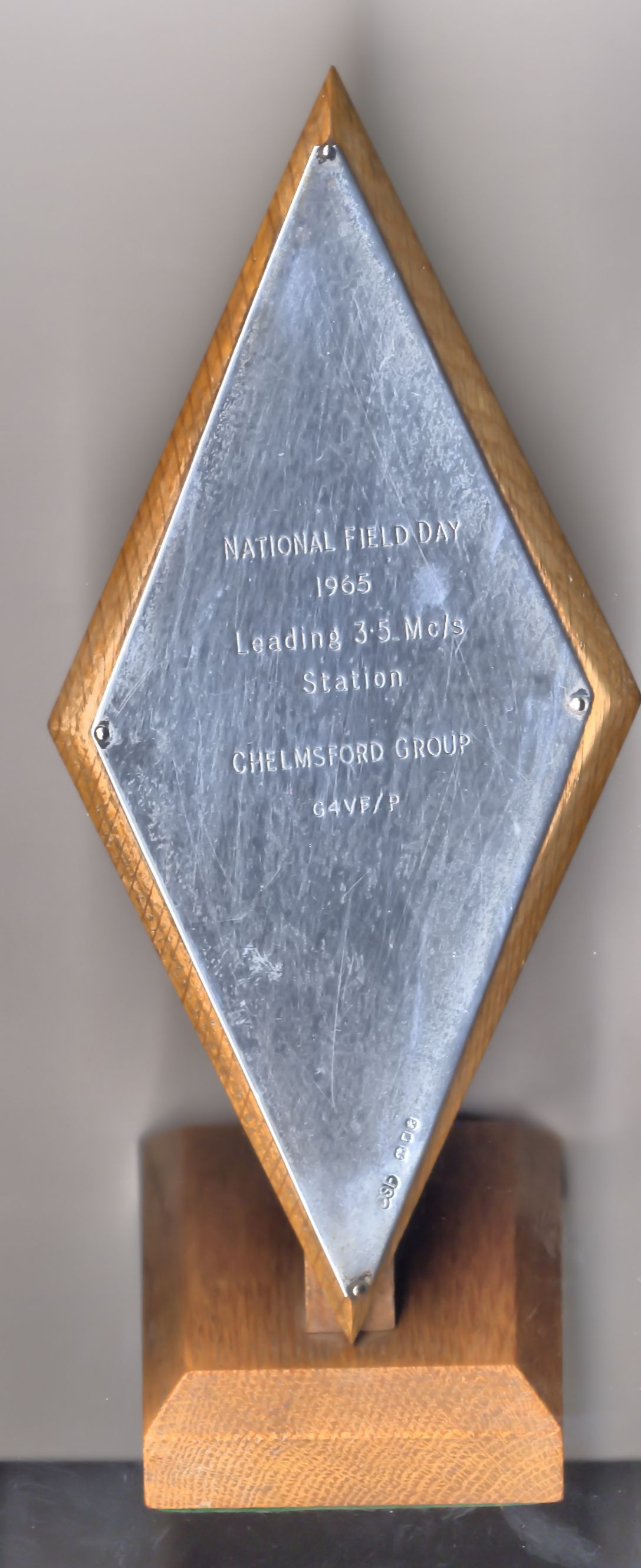
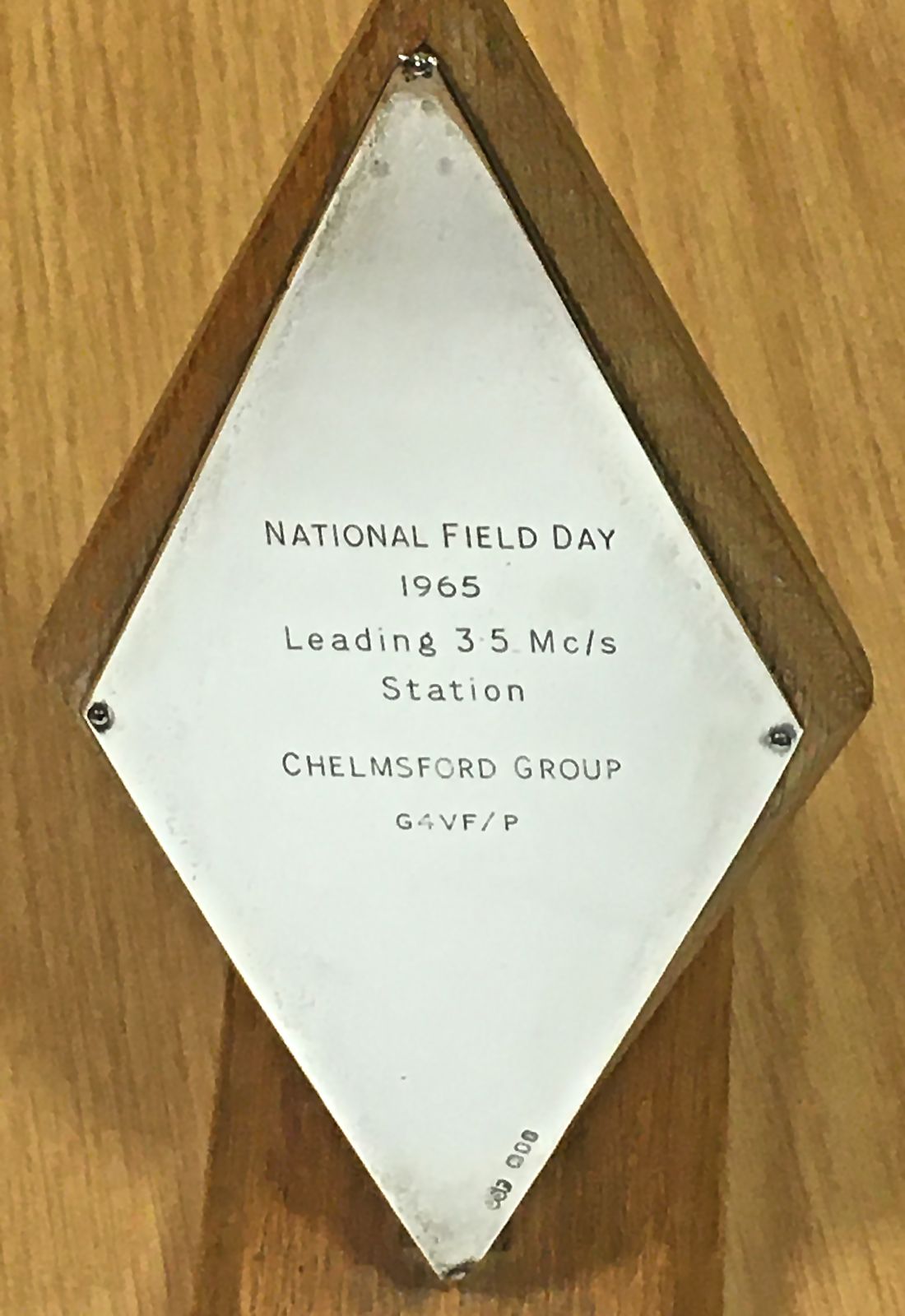

1966: The CARS newsletter, which started in 1966, records that they operated from the Marconi site at Beddell's End in Writtle in 1966. The team met at 1030 BST and free picnic lunch was provided for the 14 operator and helpers. The callsigns mentioned in the newsletter report were Peter Naish G3EIX, Peter Blair G3LTF, Barry Doel G3SXK, and Roy Martyr G3PMX.
The July 1966 news sheet says there were insufficient operators to run an efficient pair of stations, which it attributed to either lack of CW interest or “disgust of having to operate valved gear on frequencies below 30 Mc/s instead of the fully solid state gear that a society with our “connections” ought to have”. A post script adds “we are also in the market for a site where HF occupants would call us instead of vice-versa”. The search for a new site was successful and from 1967 to 1976 they operated from Danbury Park courtesy of Essex County Council.
1967: The newsletter report on 1967 contest comments favourably on the higher ground at the new Danbury Park site. The team assembled on site from 1000 BST, with lunch available at The Bell. They strung aerials between suitably spaced trees which allowed them to dispense with masts, apart from the light ones used for two ground planes. Equipment was supplied by Gilbert Newnham G3PDK, Peter Blair G3LTF and Arthur Butcher G3KPJ. The station was powered entirely by batteries loaned by Marconi Marine and charged by a petrol generator belonging to Roy Martyr G3PMX.
The A station G6ZC/P operated on 160, 40 and 15m and the B station G4VF/P operated on 80, 20 10m. The team scored 1210 points and finished in 18th place, with G4VF/P third on 3.5 Mc/s.
1968: In 1968 the club operated two stations from Danbury Park. The two stations were powered by main generators and, despite loss of time from a PSU failure on one station, the event was considered a success with stations from W6 and YU in the log. Between them A station G6ZC/P and B station G4VF/P scored 1116 points and finished in 12th place.
Around this time, the rules stated that “the vale or valves energizing the aerial shall have a total maximum rated anode dissipation not exceeding 13.5 Watts”. This rule was intended to prevent teams using excessive power. Don Beattie G3OZF (now G3BJ) remembers replacing the two 6146 valves in the KW2000A with a single 2E26 because, as the KW2000A filaments were wired in series to allow 12v operation, this meant plugging in a ballast resistor in the second 6146 socket to drop the 12v to 6.3v for the single tube. Don organized a “driving lesson” before the June meeting to allow operators invited to familiarize themselves with the KW2000.
Don also remembers the paper logging and more awkwardly the check log – a grid for each band with squares lettered A – Z where the callsigns of stations worked were recorded by the (last?) letter of the call. What a difference today with laptops and logging programs.

1969: The NFD committee comprised Ron Ferguson G4VF, John Naunton G8CYI, Paul Selwood G3YDY, Malcolm Salmon G3XVV, Tom Carter G3VCF, Paddy Marris and Don Beattie G3OZF. At the March meeting they planned to use transistorised gear so could operate for 24 hours on a single car battery. They operated from Danbury Park as G4VF/P on 80, 40 and 20m with a selection of aerials including a cubical quad for 20m. There must have been a change of plan regarding the power, and the station was powered by “the old faithful” Honda generator loaned by Willie McClintock G3VPK. Despite aerial difficulties before and generator difficulties during the contest G4VF/P scored 804 points and finished 27th in the single station section, and worked four VK stations.
Click here to go back to the Top of this Page
To RETURN to the CARS Society Information Page - Click Here
To RETURN to the CARS Home Web Page - Click Here
© Copyright CARS